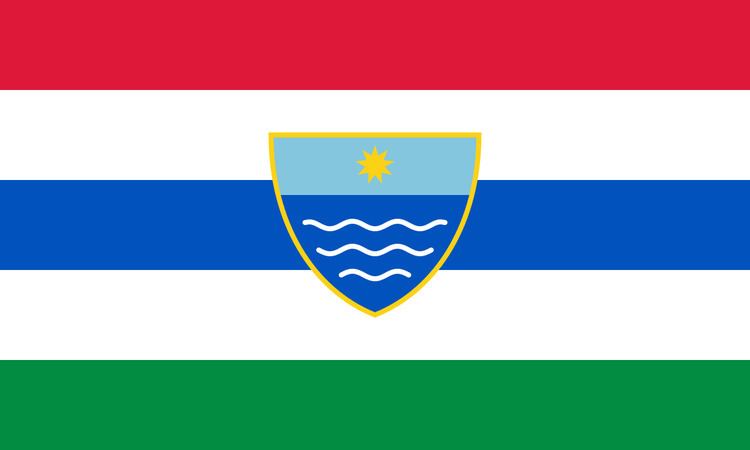Flag Coat of arms Founded 12 June 1996 | Area 4,401 km² Population 222,007 (2013) | |
 | ||
Ethnic groups (2013) 53.29% Croats41.44% Bosniaks2.90% Serbs2.37% others Demonym Herzegovnian-Neretvanian Currency Bosnia and Herzegovina convertible mark Points of interest Stari Most, Vrelo Bune, Karađoz Bey Mosque, Neretva, Međugorje's Risen Christ Sta Colleges and Universities University of Mostar, Džemal Bijedić University, University of Herzegovina | ||
The Herzegovina-Neretva Canton (Croatian: Hercegovačko-neretvanska županija; Bosnian: Hercegovačko-neretvanski kanton) is the seventh of 10 cantons of the Federation of Bosnia and Herzegovina in Bosnia and Herzegovina.
Contents
- Map of Herzegovina Neretva Canton Bosnia and Herzegovina
- Municipalities
- Geography and features
- Demographics
- References
Map of Herzegovina-Neretva Canton, Bosnia and Herzegovina
The canton mainly comprises the Neretva river valley area and parts of Herzegovina west of Mostar, its administrative center.
Municipalities
The canton is split into the municipalities of Čapljina, Čitluk, Jablanica, Konjic, Mostar, Neum, Prozor-Rama, Ravno and Stolac.
Geography and features
The canton is the only canton in Bosnia and Herzegovina with access to the sea via the municipality of Neum. Neum is a town of 2,000 citizens (1991 census) and the area around the city is rich with historical and archeological remains of the Illyrians, a people who lived in the Balkans for many thousands of years.
The largest city in the canton and the fifth largest city in the country is Mostar. Mostar is located on the banks of the Neretva river and is divided between Croats and Bosniaks. Mostar is known for its old bridge, Stari Most, which was constructed by the area's Ottoman rulers, who also brought Islam to the region. Bosnian Croat forces bombed and destroyed the bridge on November 8, 1993. Upon its destruction it had stood for 427 years and had become a symbol of a shared cultural heritage and "peaceful" co-existence. The bridge was reconstructed in the summer of 2004. The opening ceremony was attended by several foreign delegates including Stjepan Mesić, the President of Croatia.
Other notable cities in this canton are Čapljina, Konjic, Jablanica and Međugorje, the most significant Marian shrine in the region. Jablanica and Konjic are notable for battles which took place there during World War II and there is a large museum in Jablanica dedicated to these battles.
The Neretva river runs through the cities of Konjic, Jablanica, Mostar and Čapljina before it flows through Croatia and into the Adriatic Sea. There are large lakes in the canton such as the Jablanica lake located around the city Jablanica. The southern most municipality in the canton is the Neum municipality which borders the Adriatic sea and the eastern most municipality is the Ravno municipality along the border with Croatia.
Demographics
Of the ten cantons comprising the Federation of Bosnia Herzegovina, Herzegovina-Neretva Canton is one of two cantons, the other being the Central Bosnia Canton, which have an ethnically mixed population of Bosniak and Croat peoples. In ethnically mixed Cantons there are special legislative procedures for the protection of the constituent ethnic groups.
Croats form a majority in the municipalities of Čapljina, Čitluk, Neum, Prozor-Rama, and Ravno. Bosniaks form an absolute majority in the municipalities of Jablanica and Konjic, and a relative majority in Stolac and Mostar according to the 1991 census. The municipality of Mostar in the central part of the canton has a majority of Bosniaks on the east side and a majority of Croats on the west side of the river Neretva.
